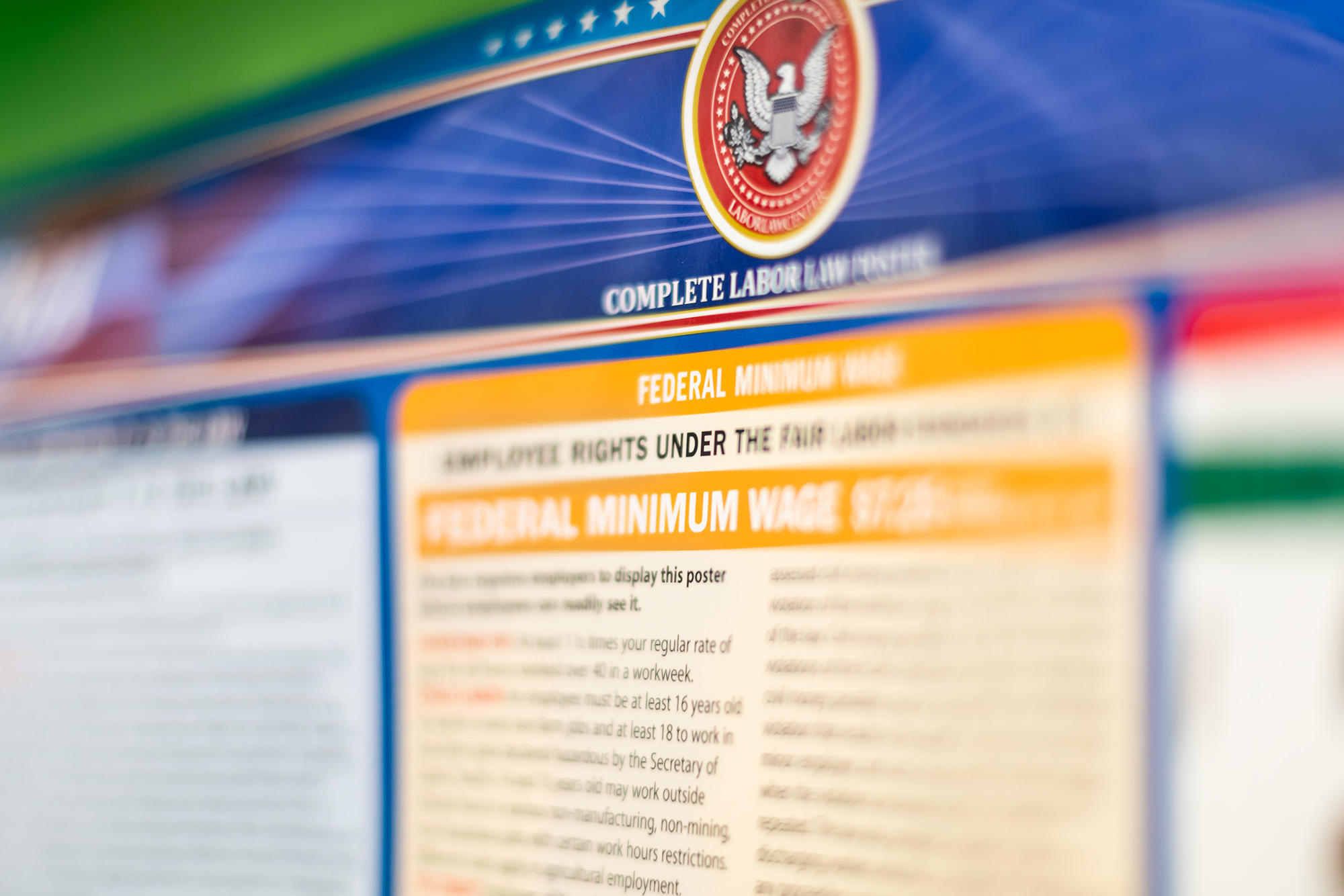Rethink Your Healthcare Offerings for Healthier, Longer-Lived Employees
In the wake of COVID-19, U.S. life expectancy has dropped to 76.4 years, the lowest in two decades. But employers can help add a dozen healthy years to their employees' lives by rethinking their approach to healthcare benefits.










